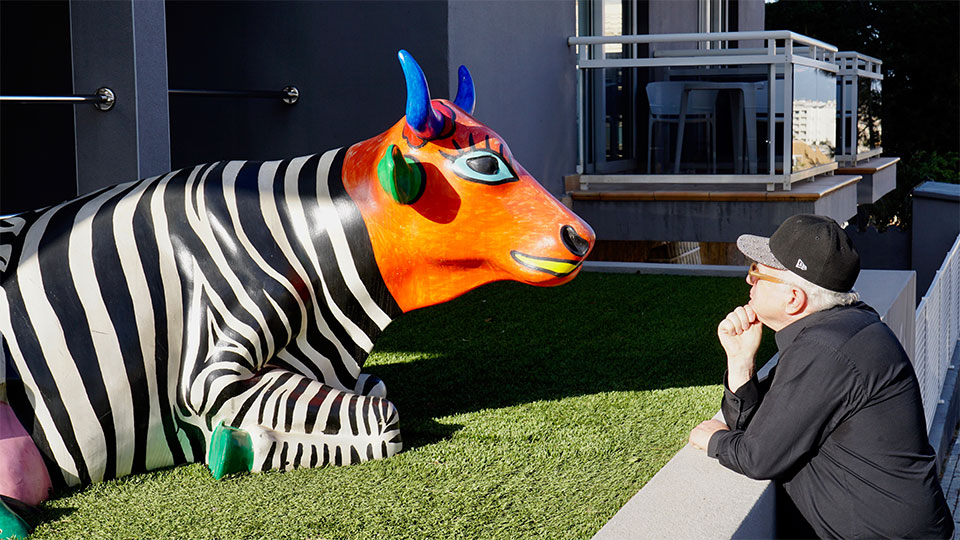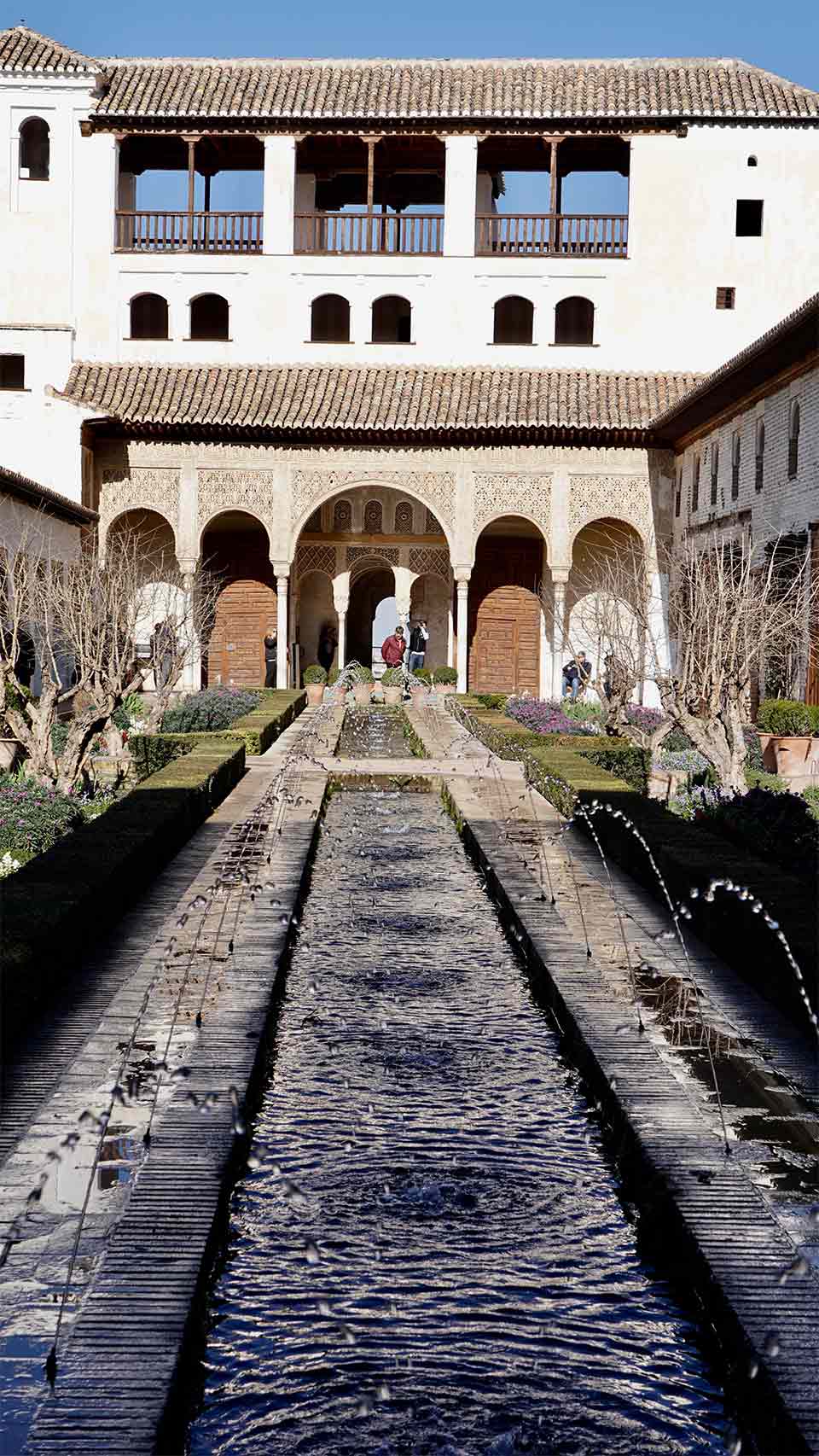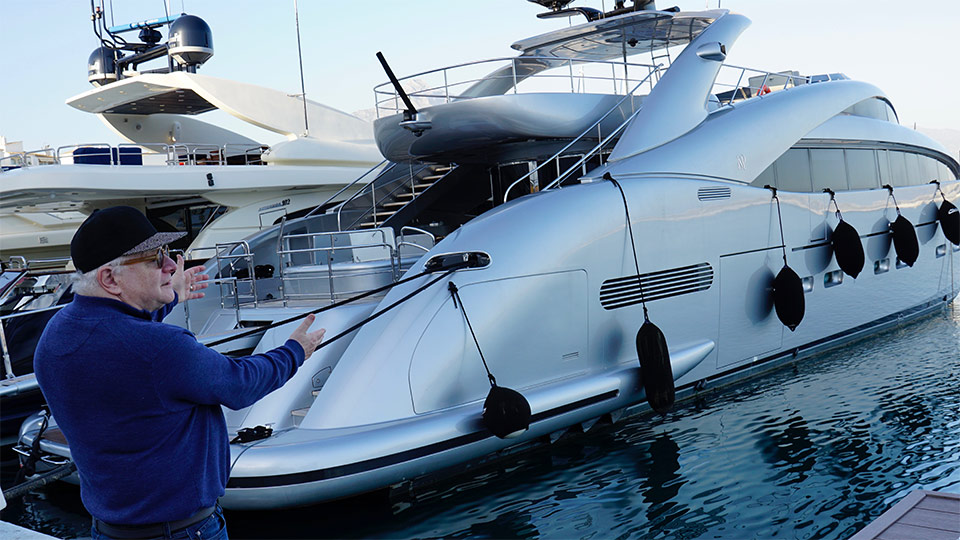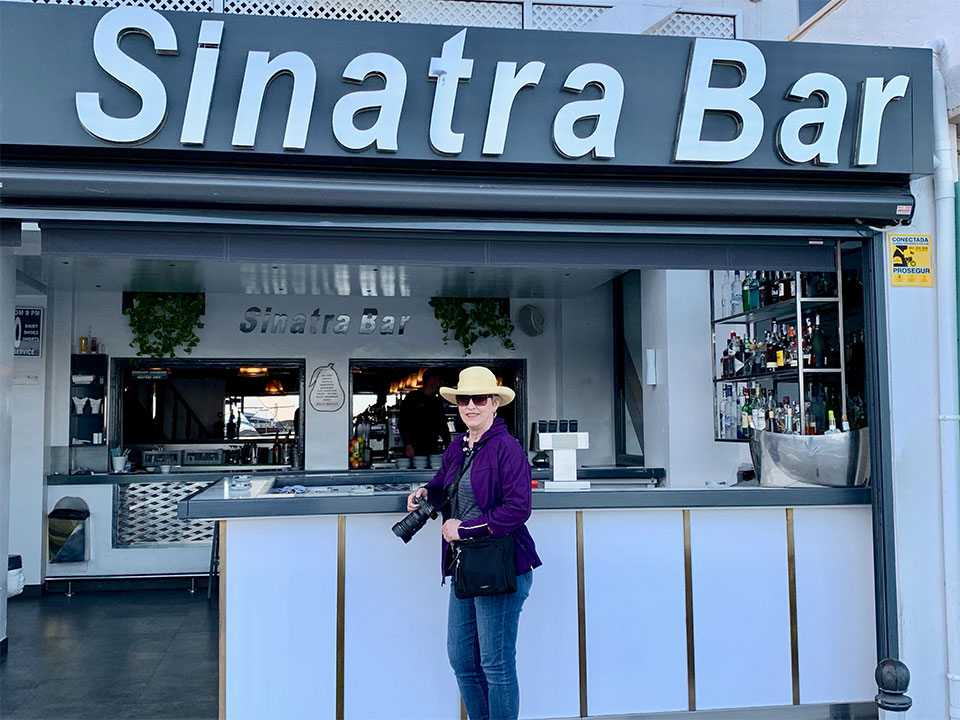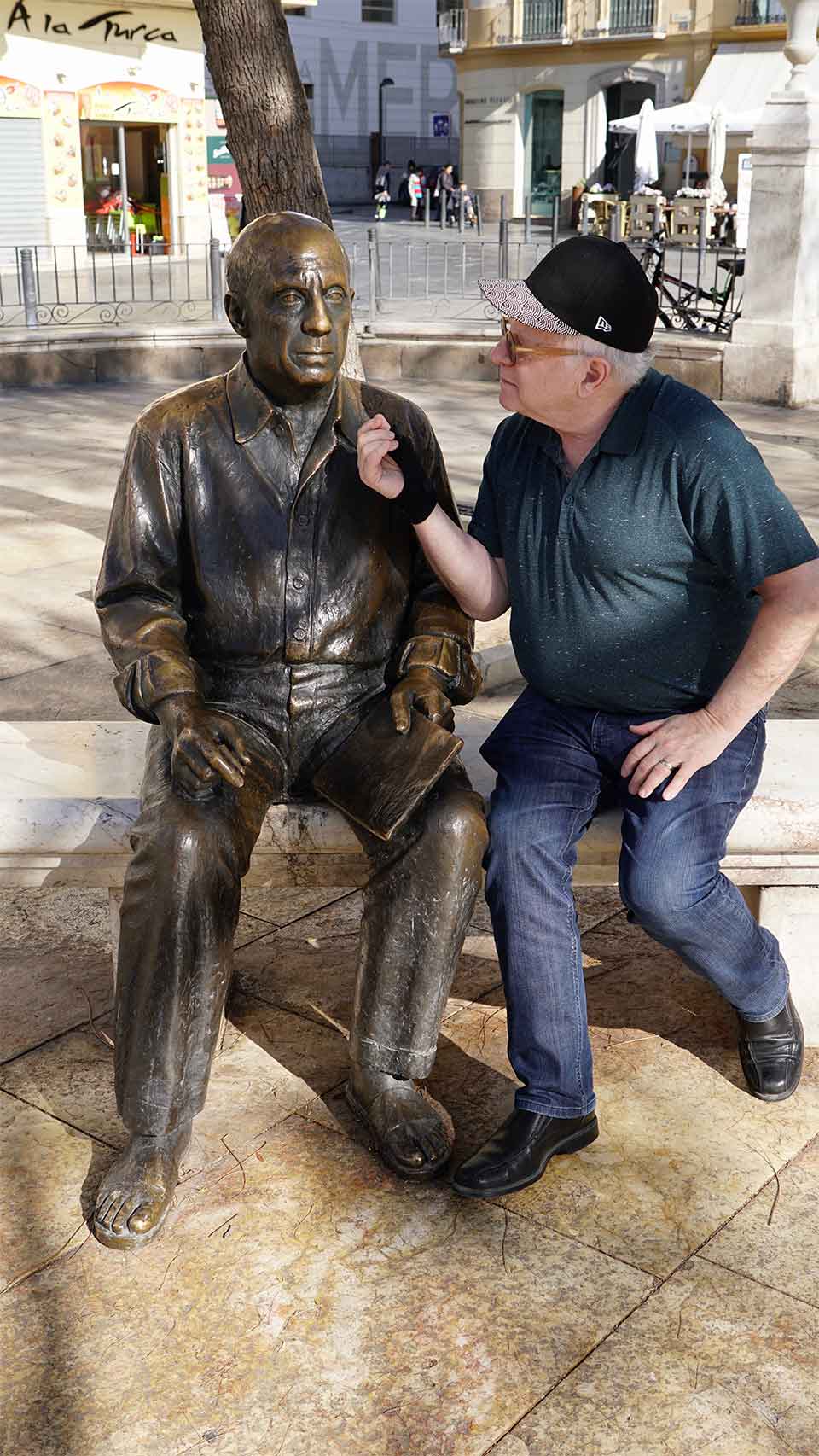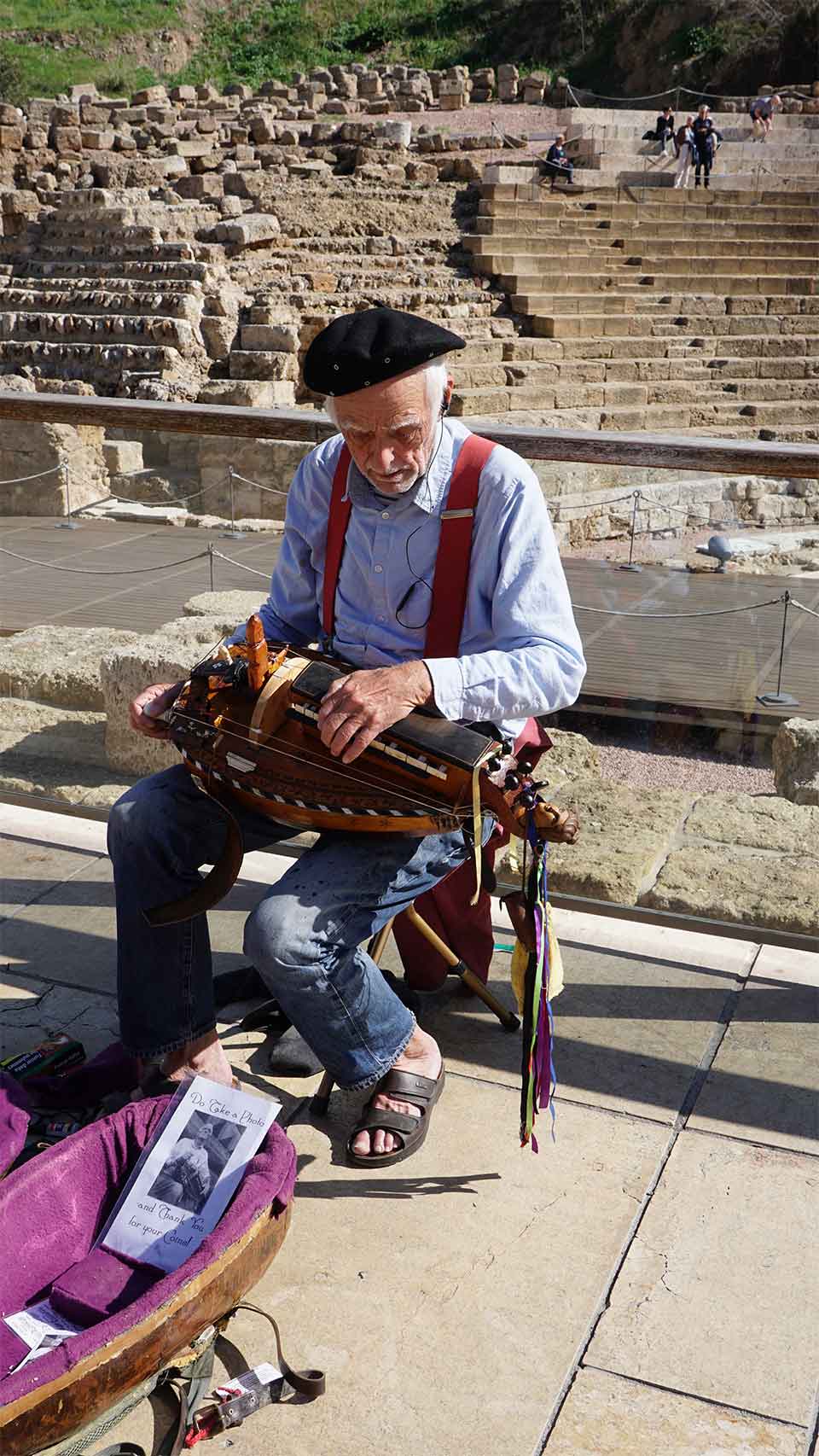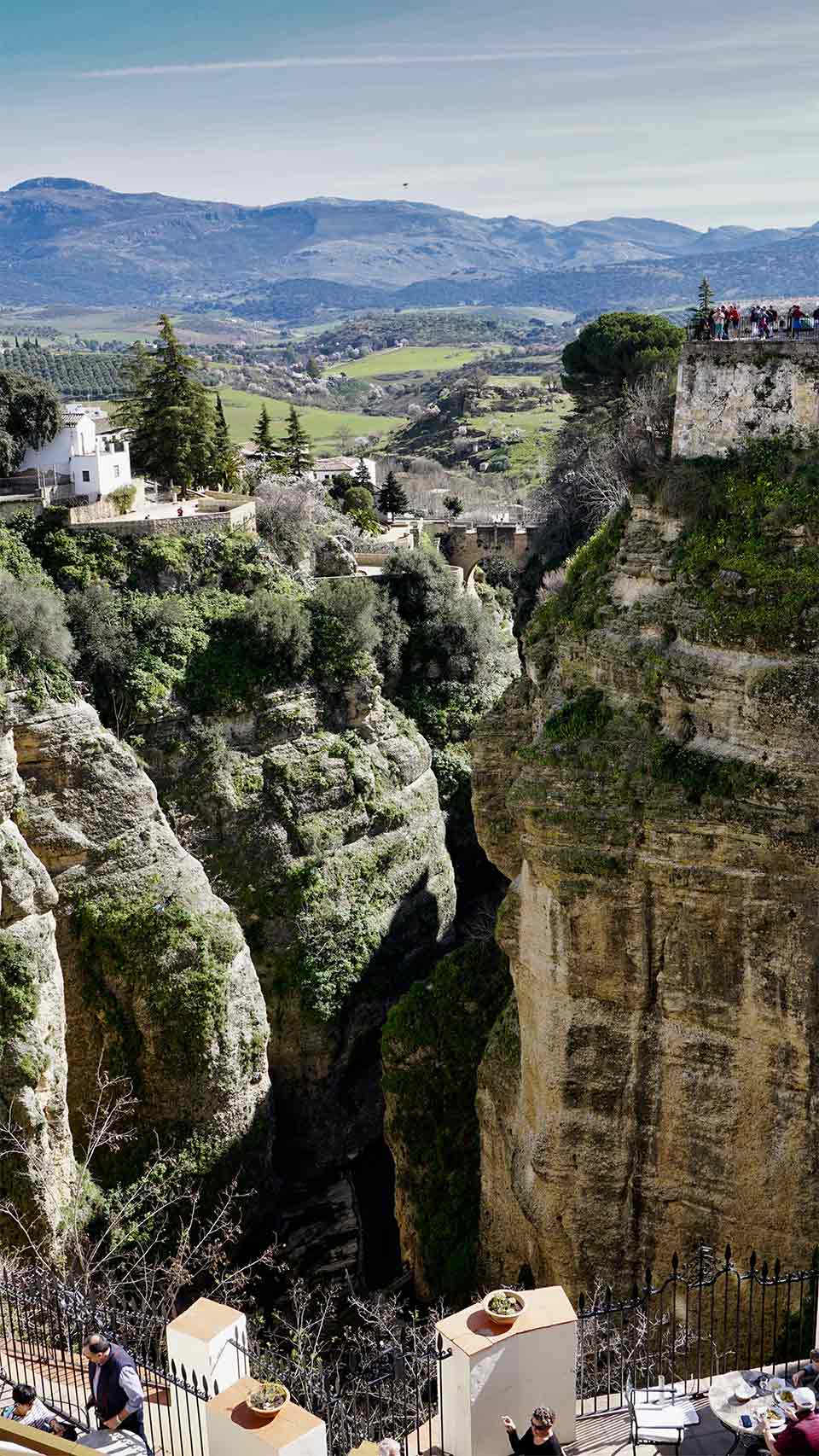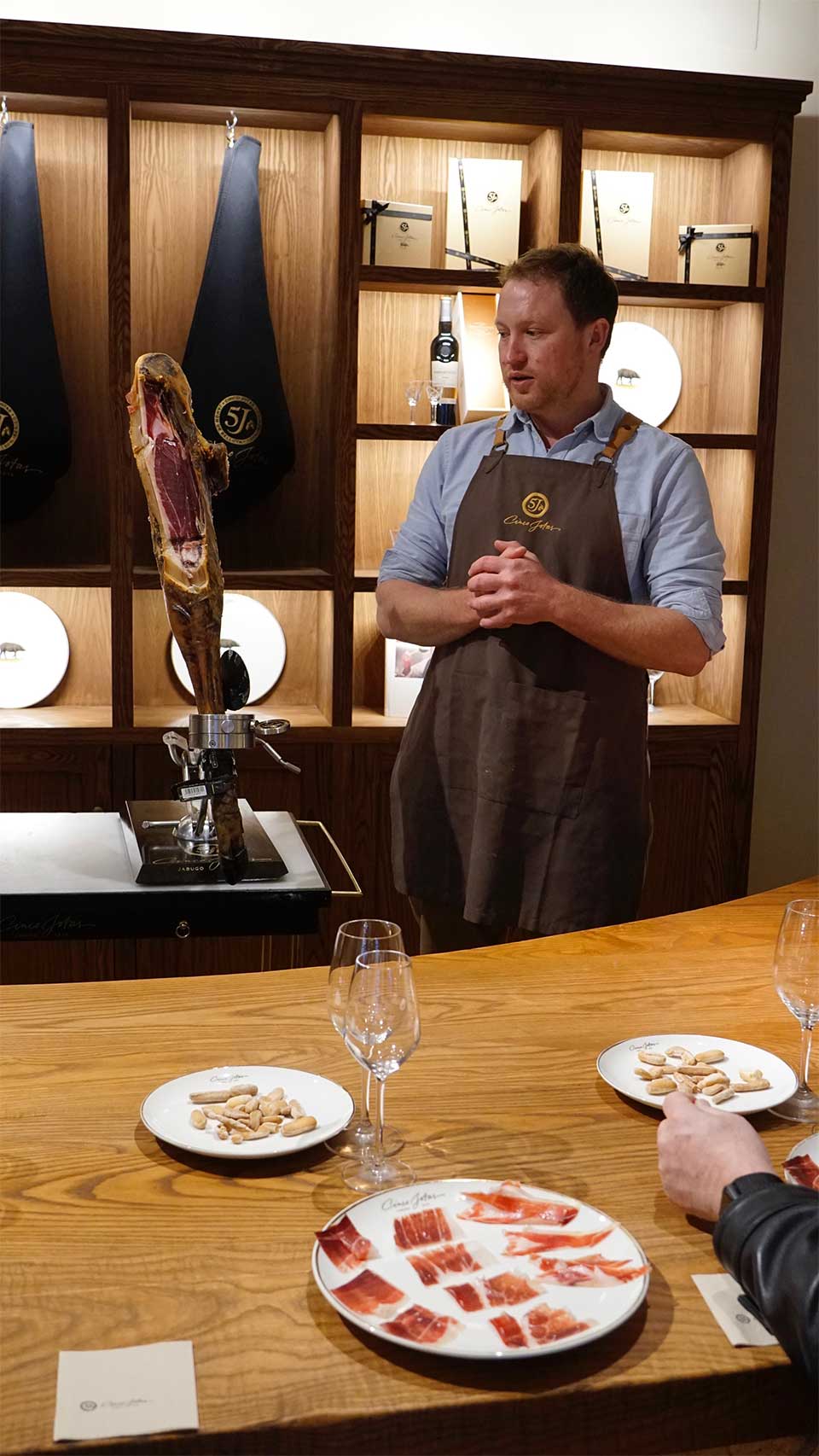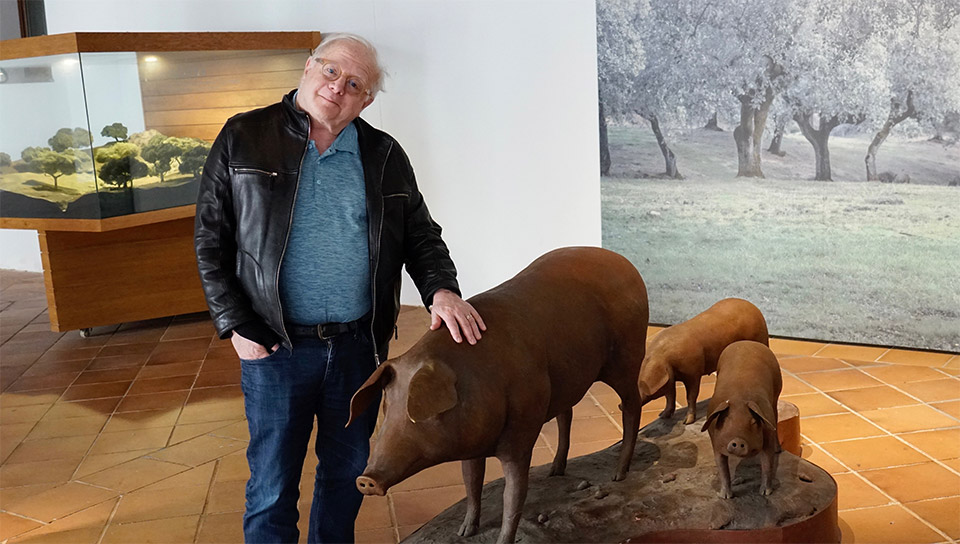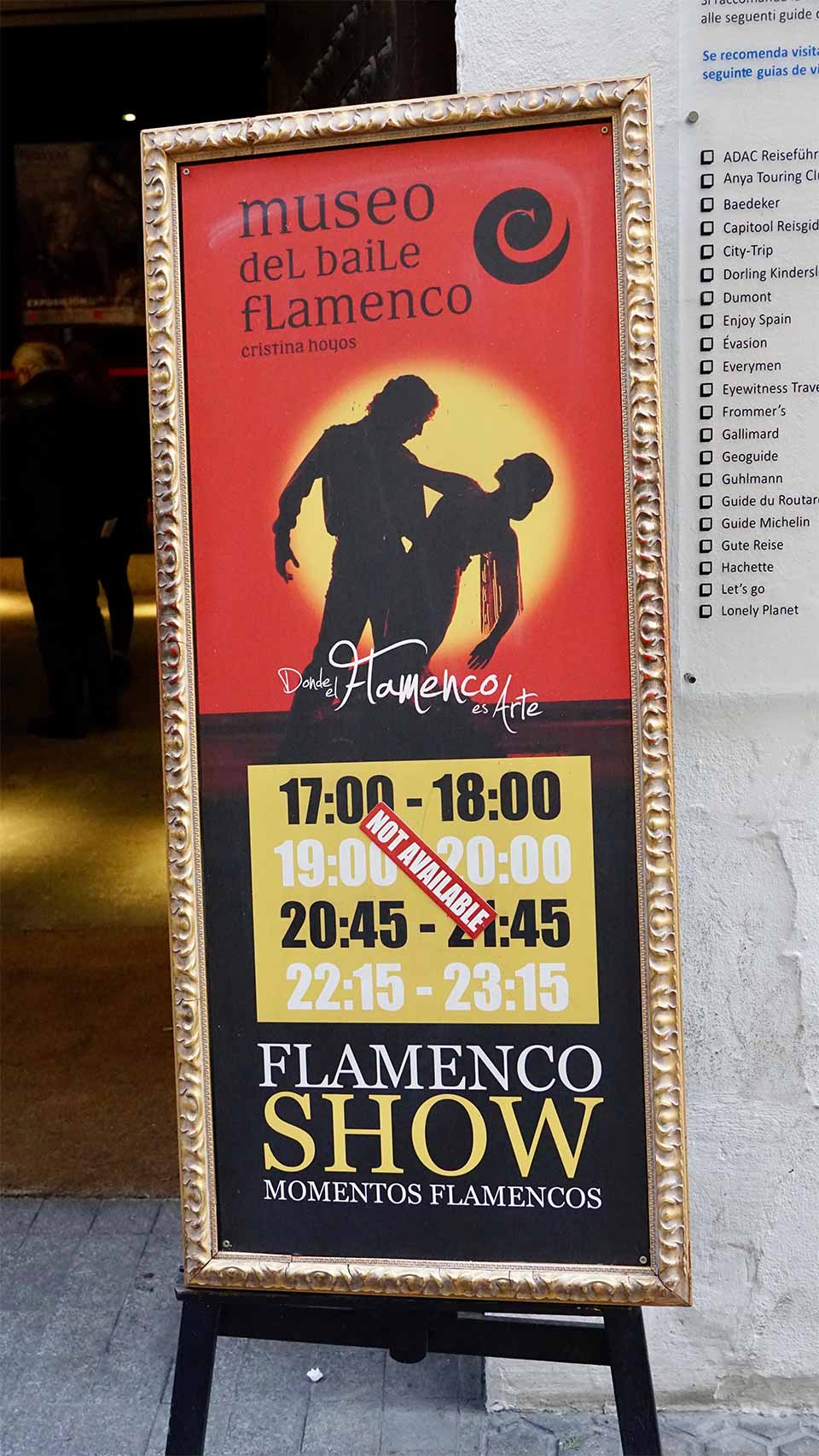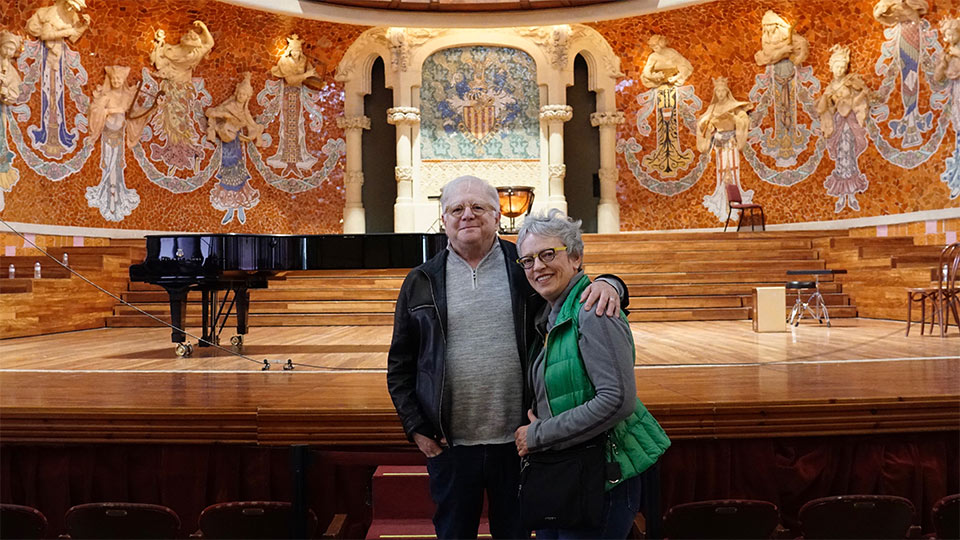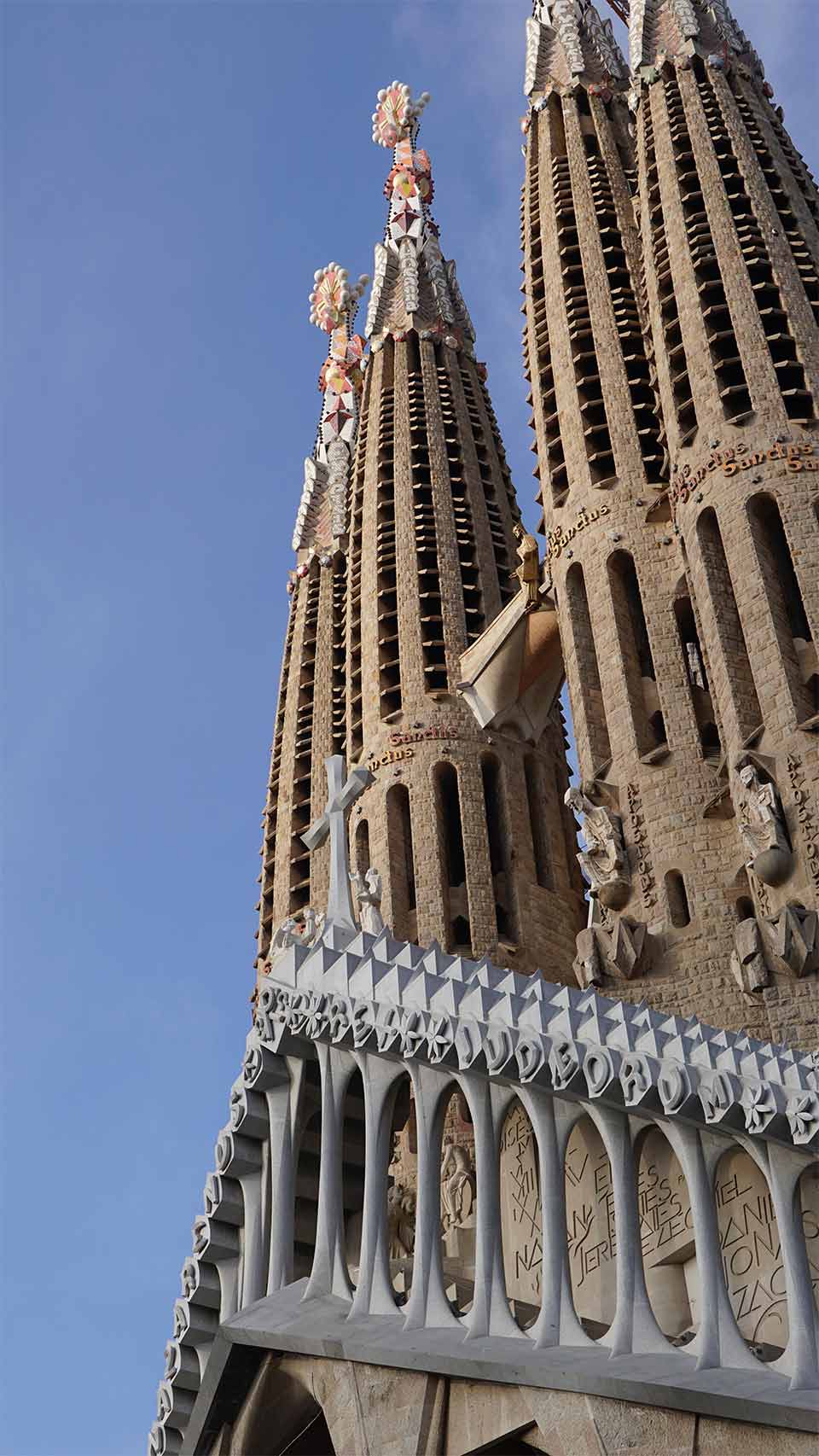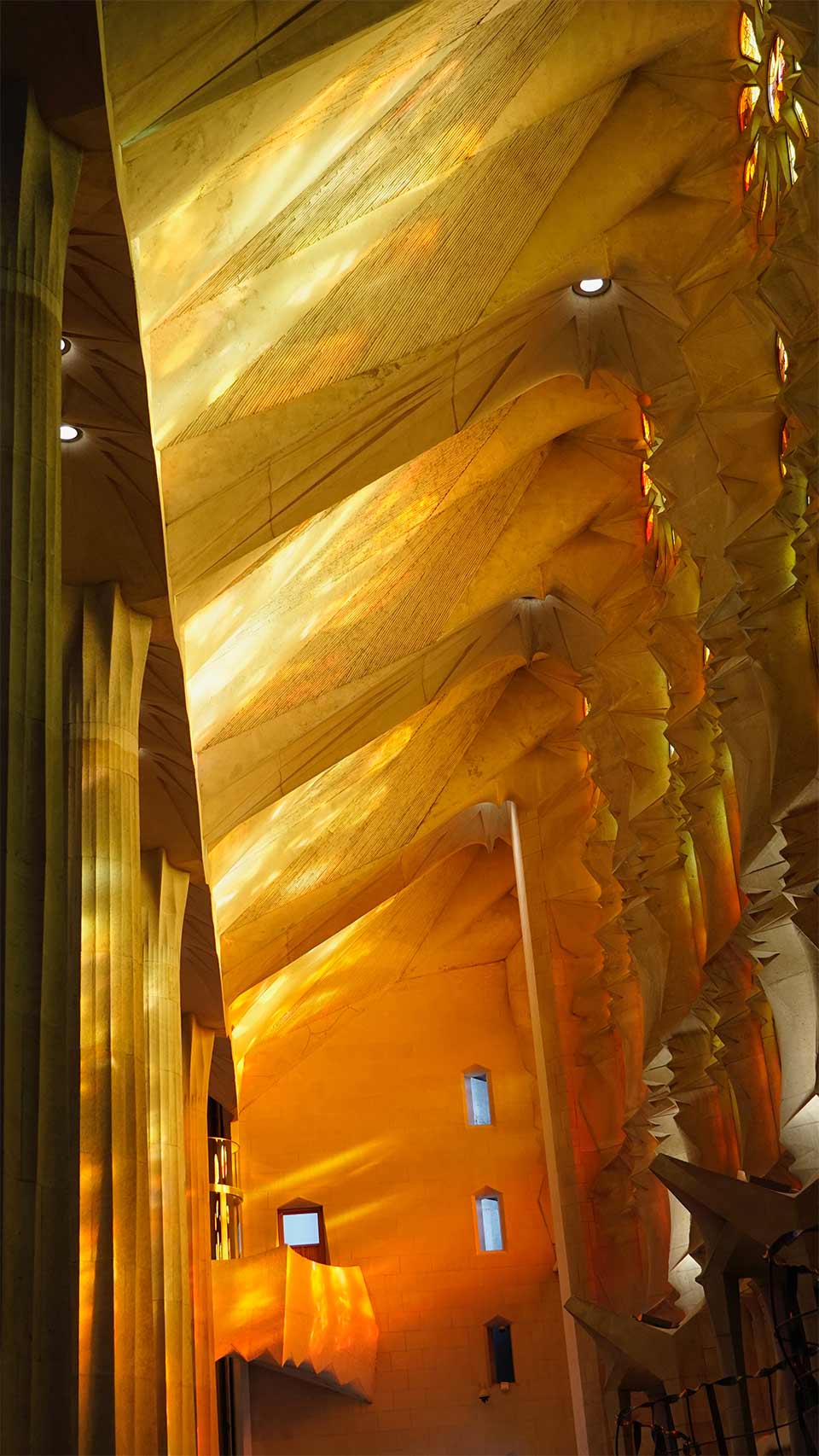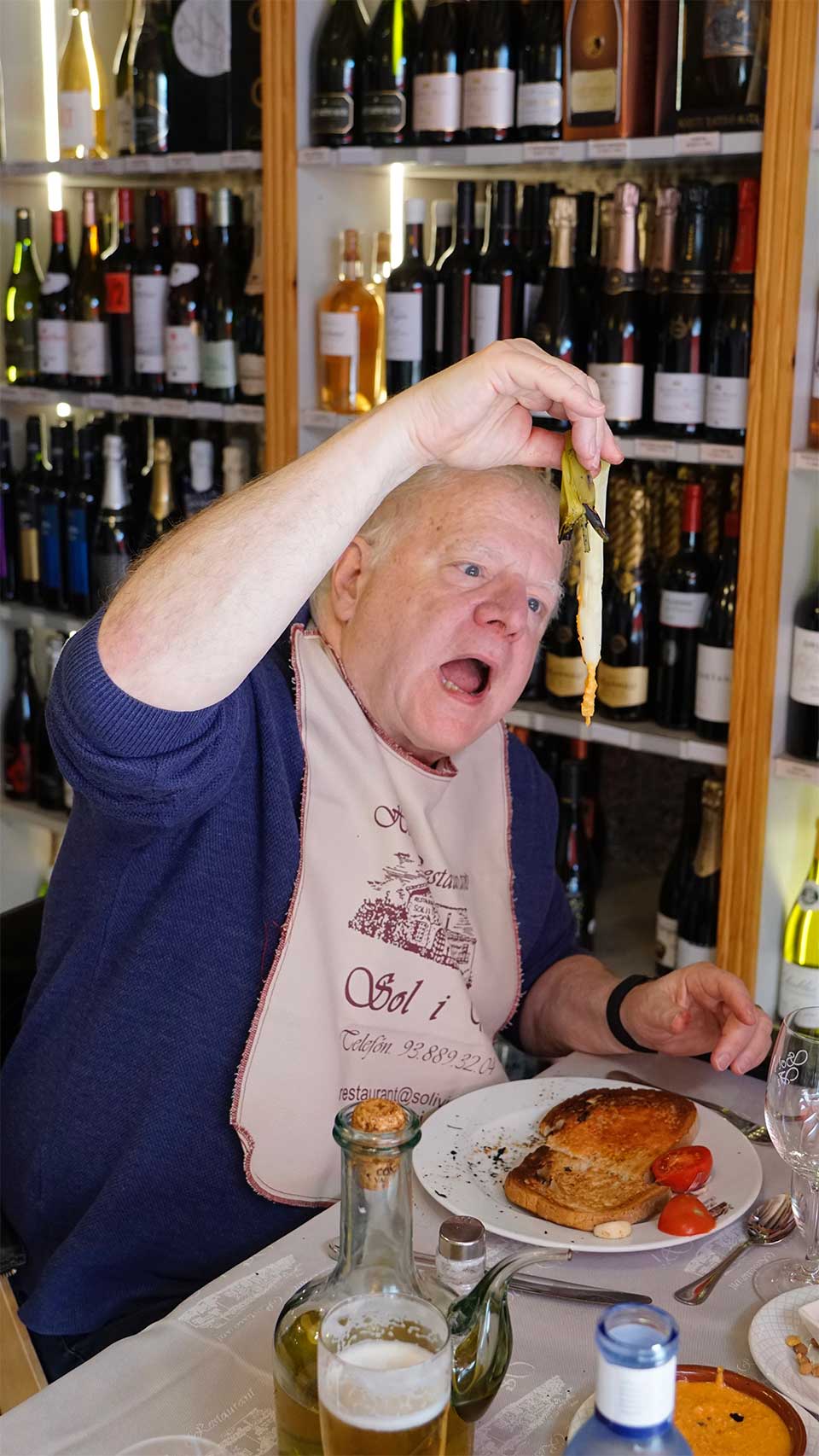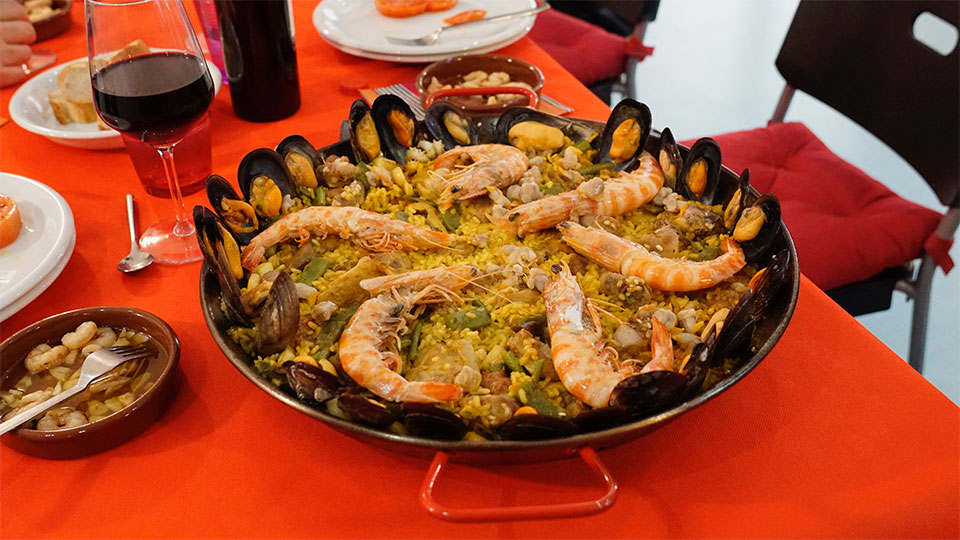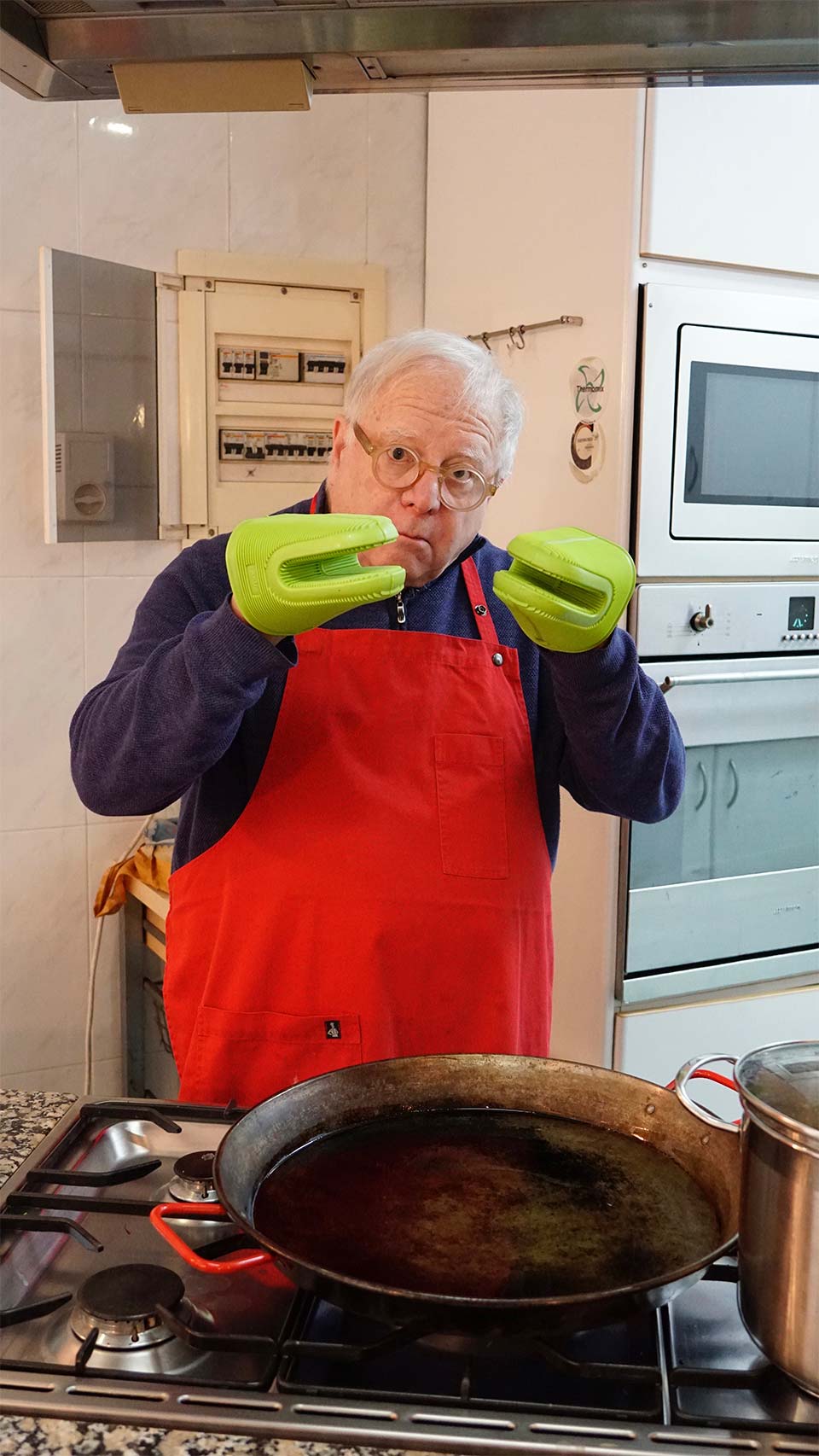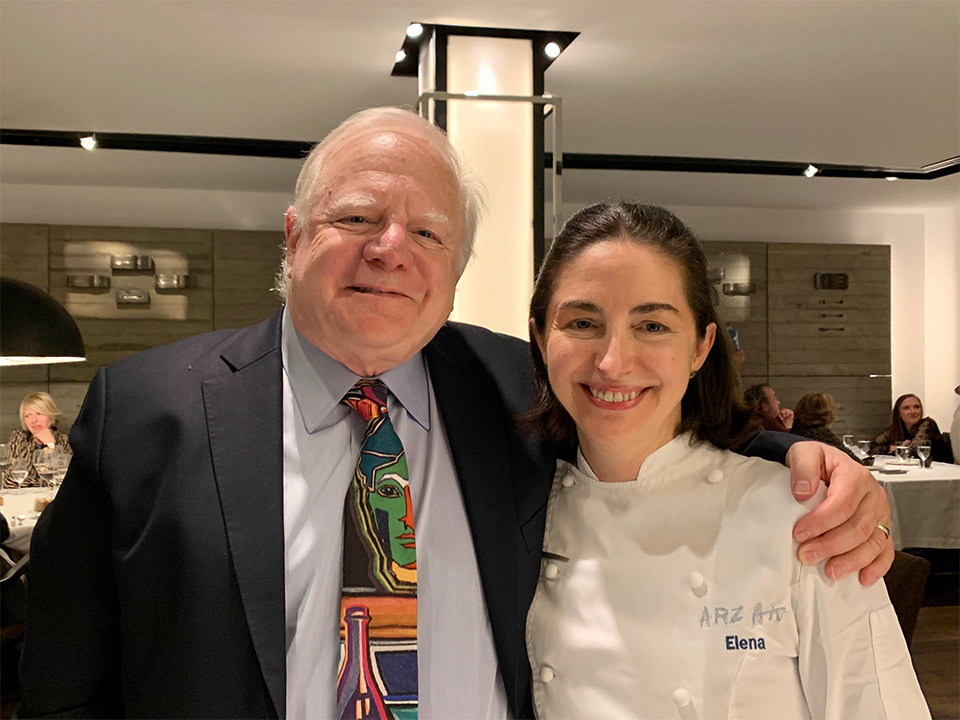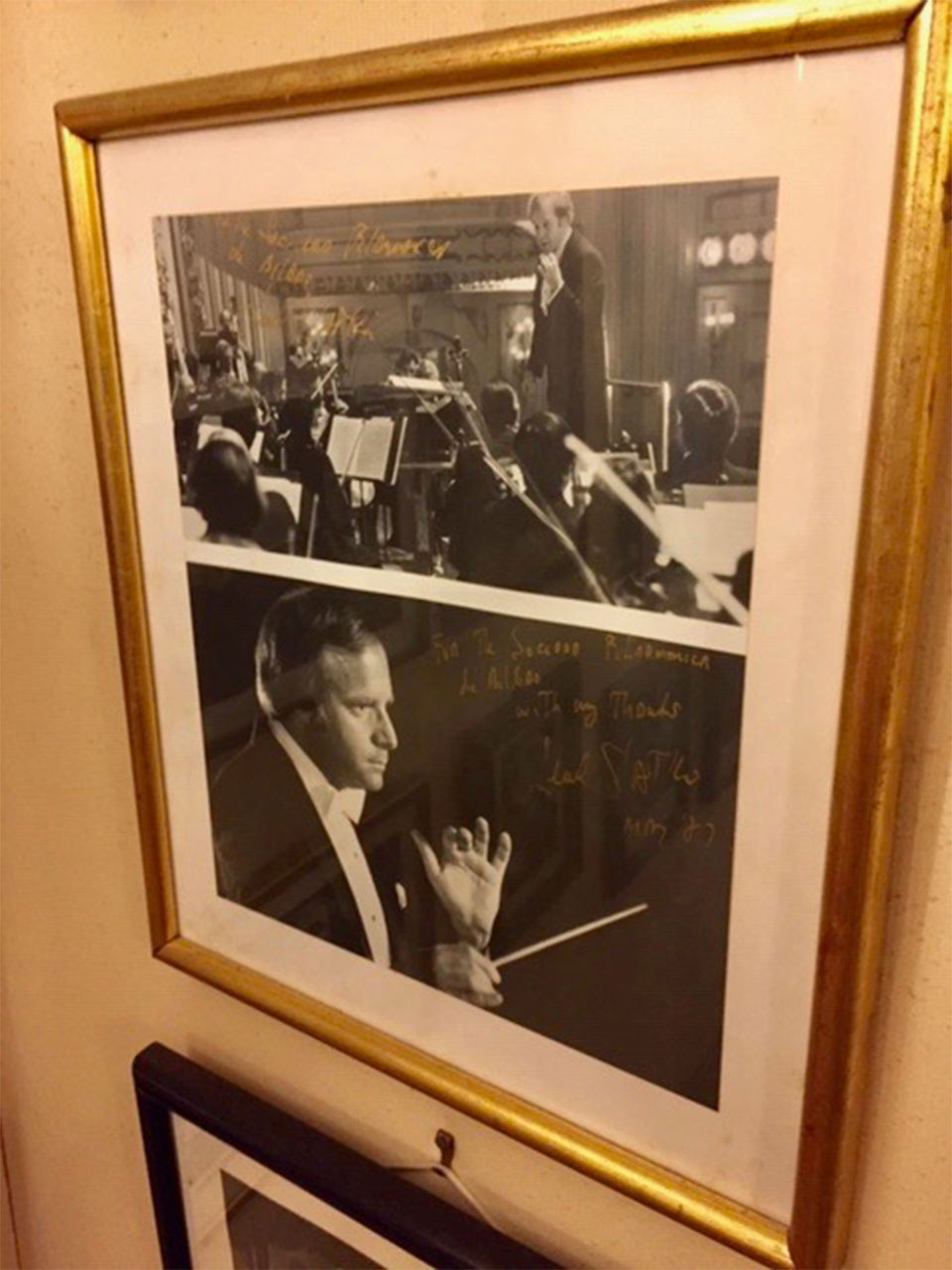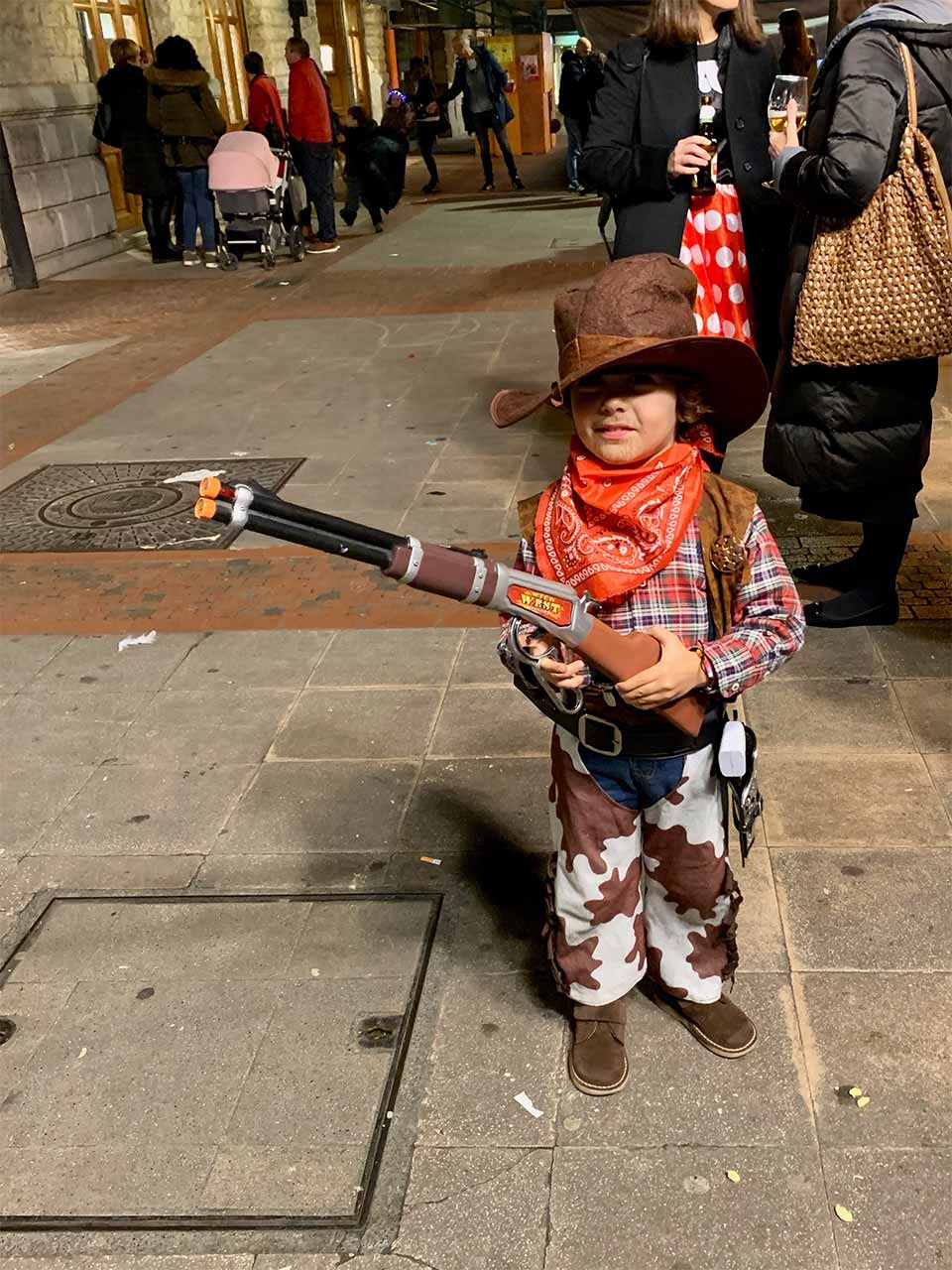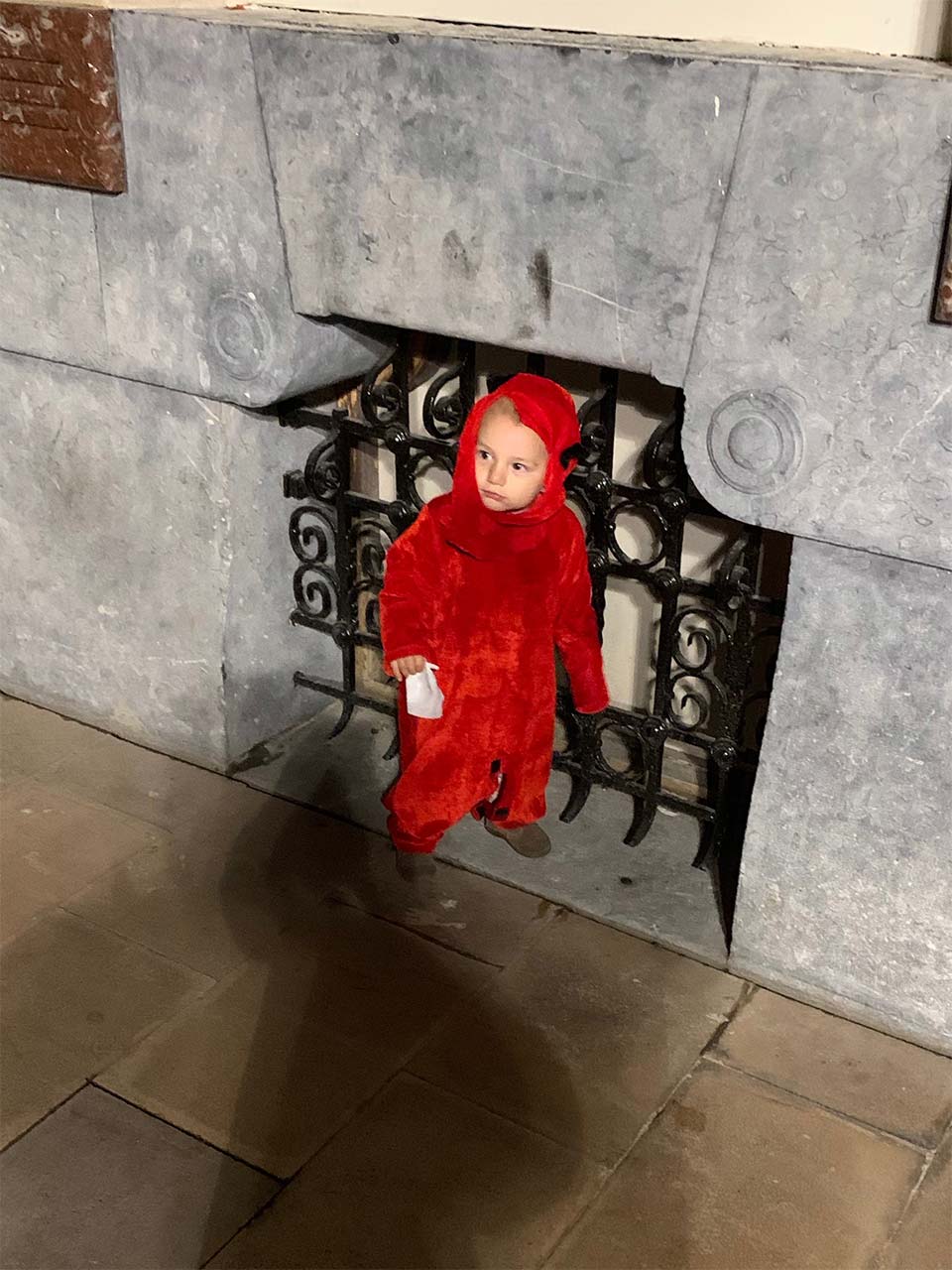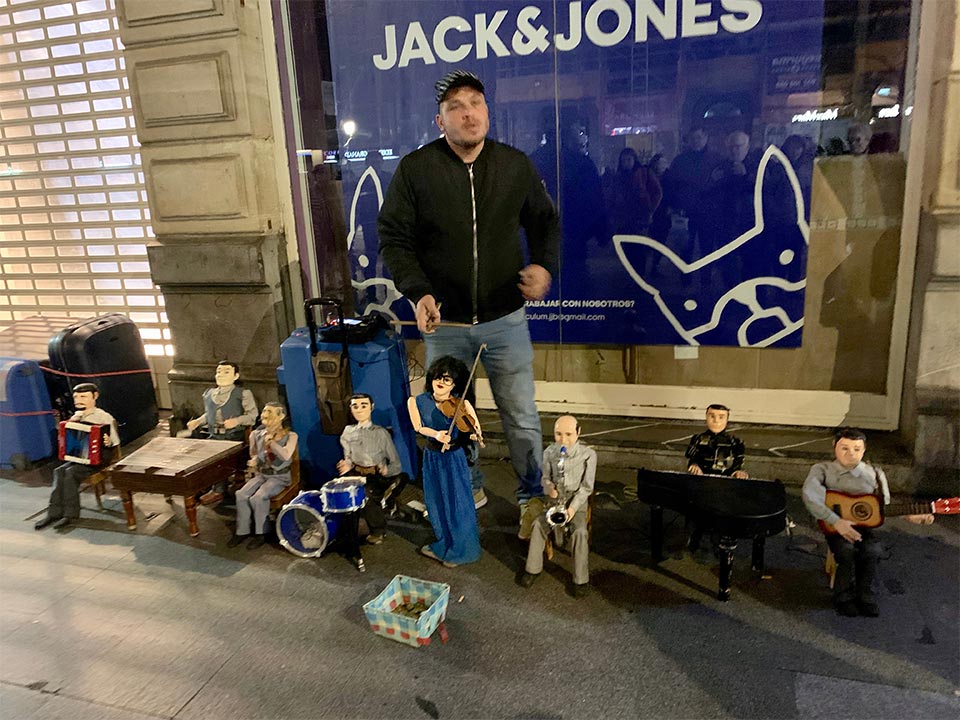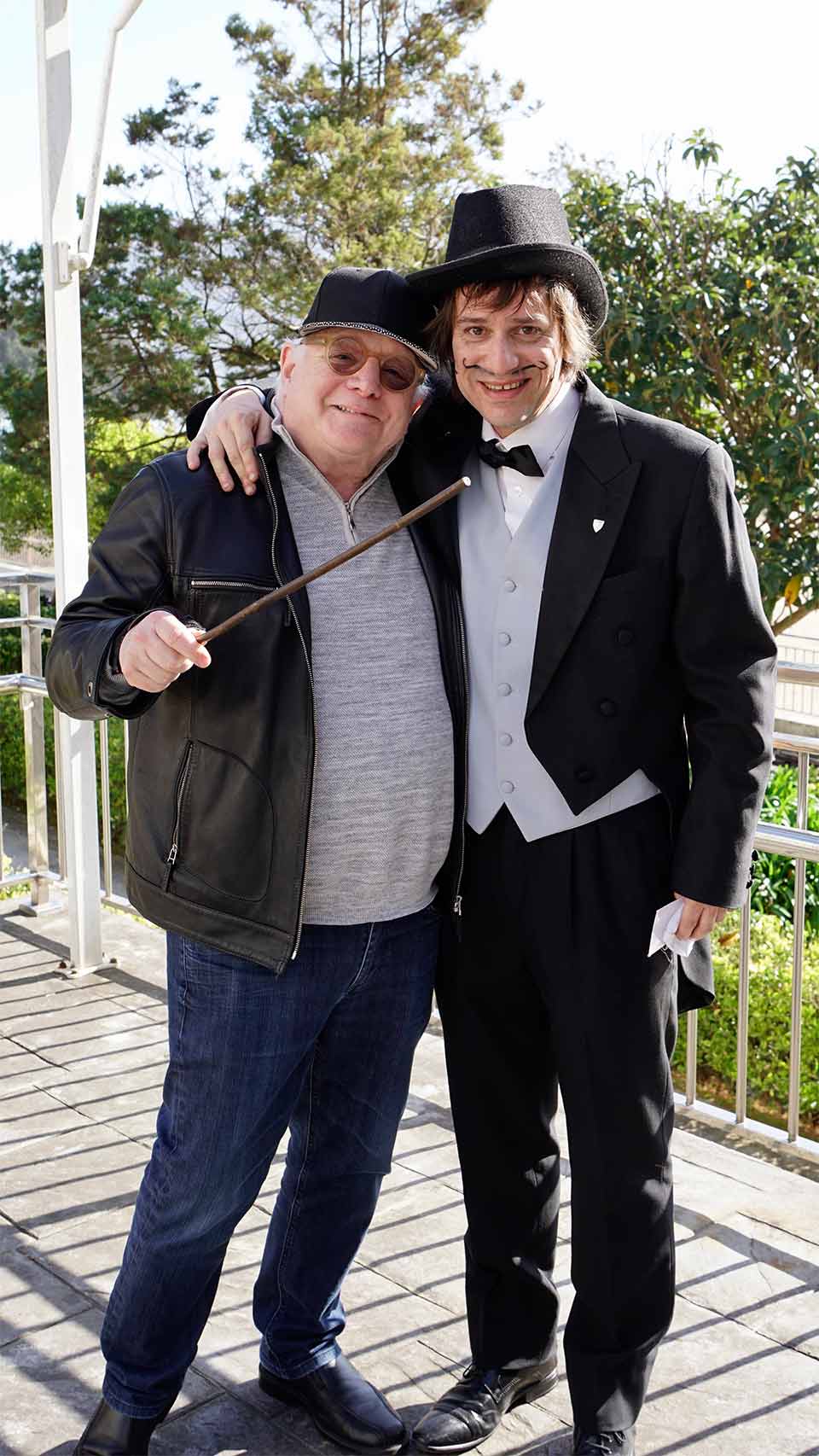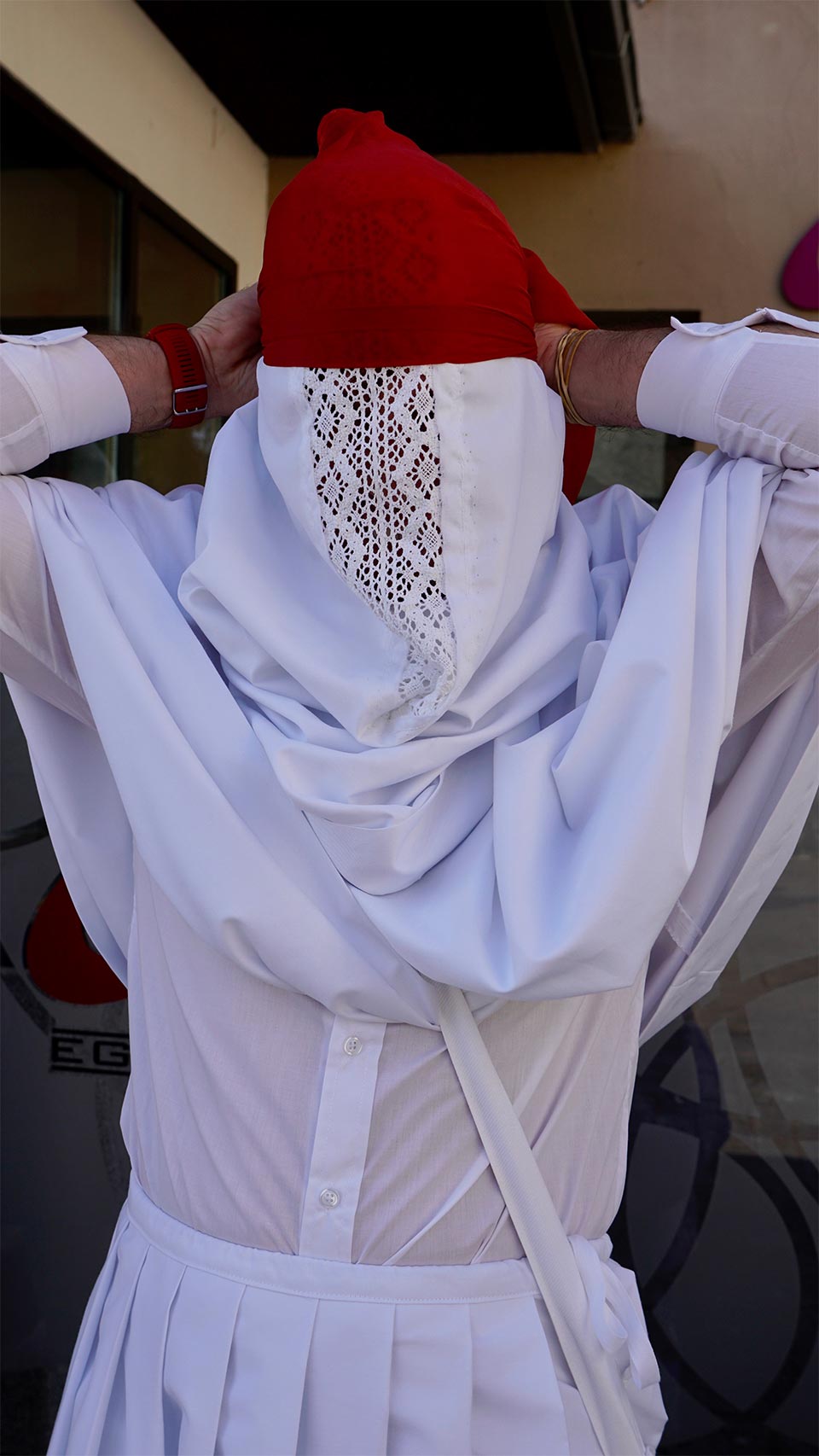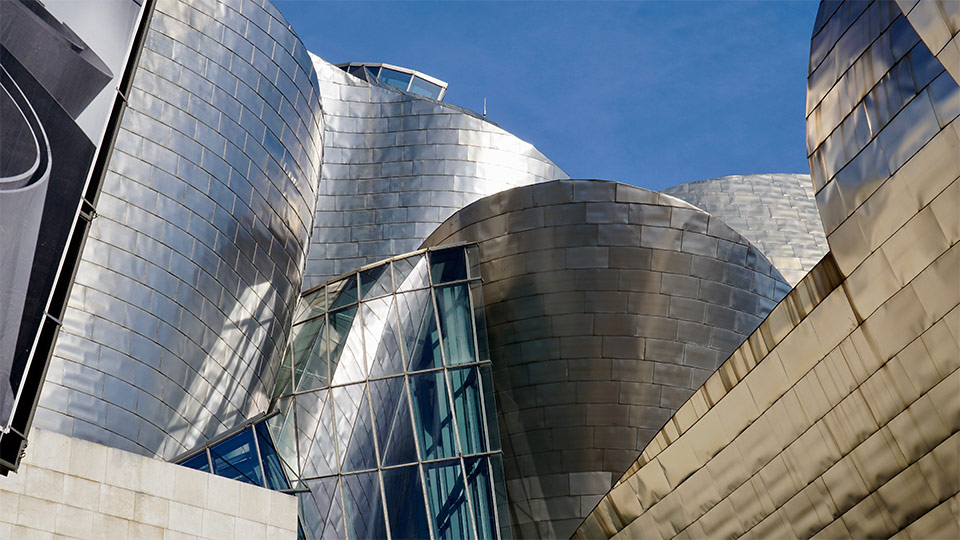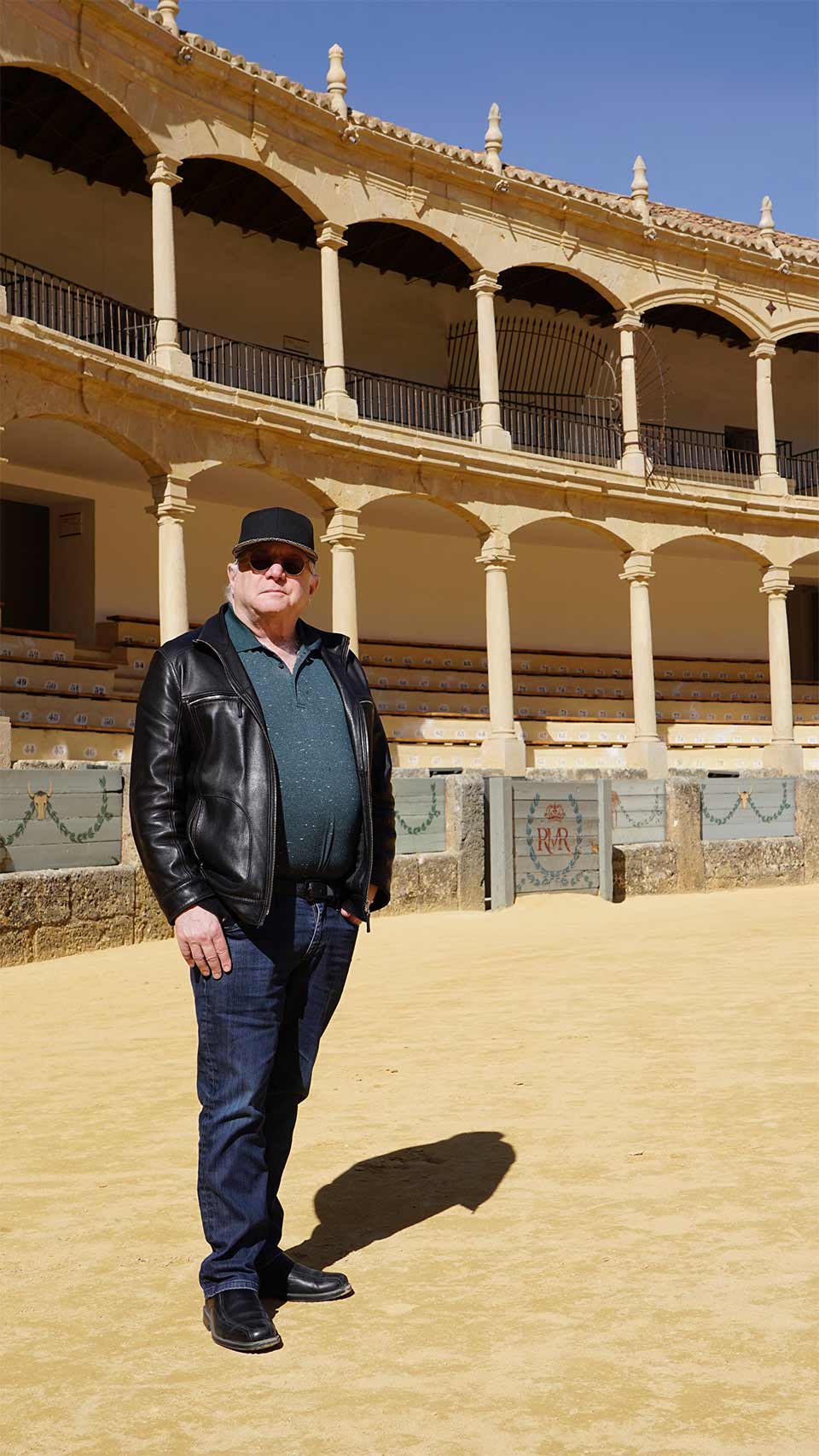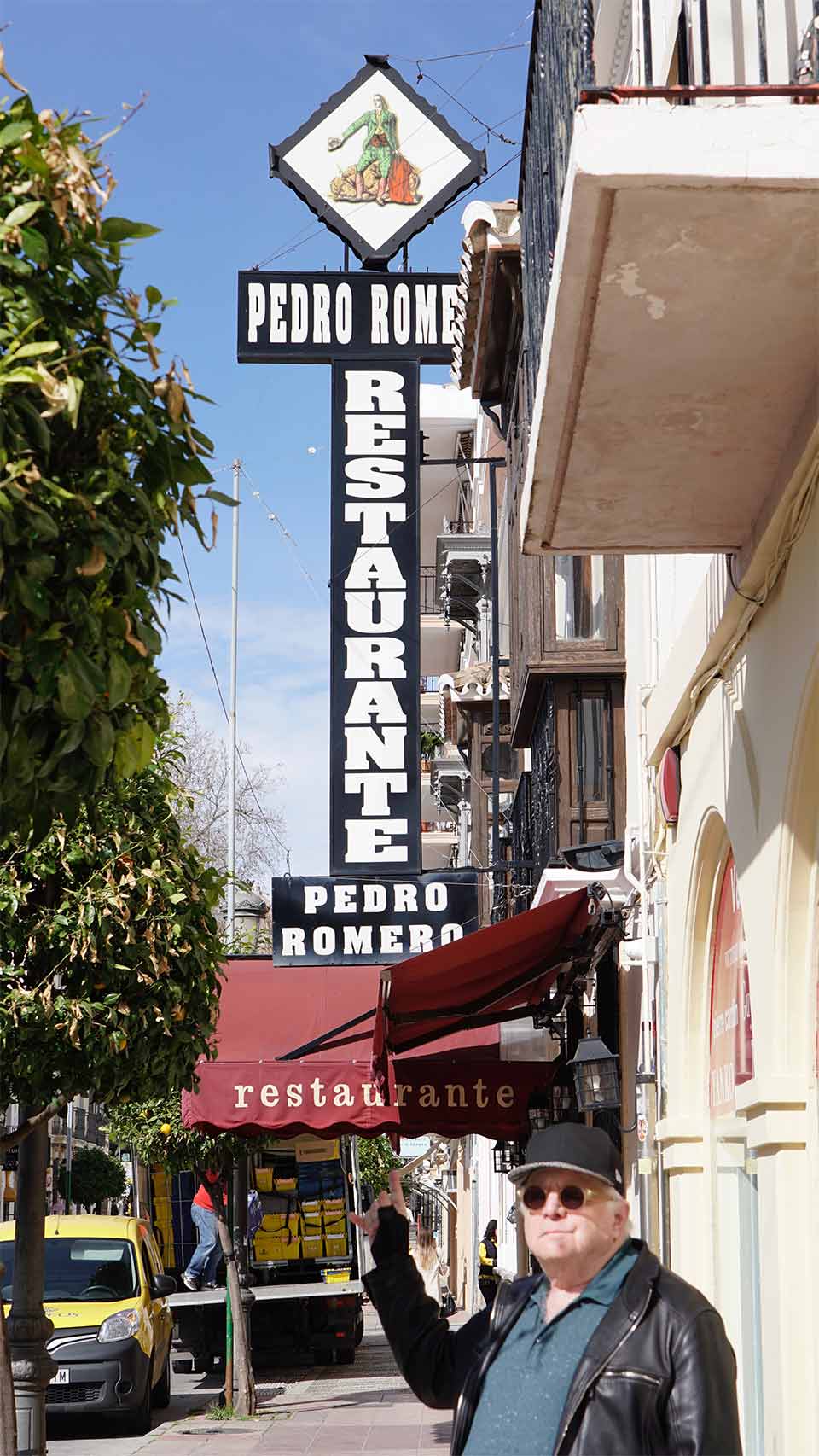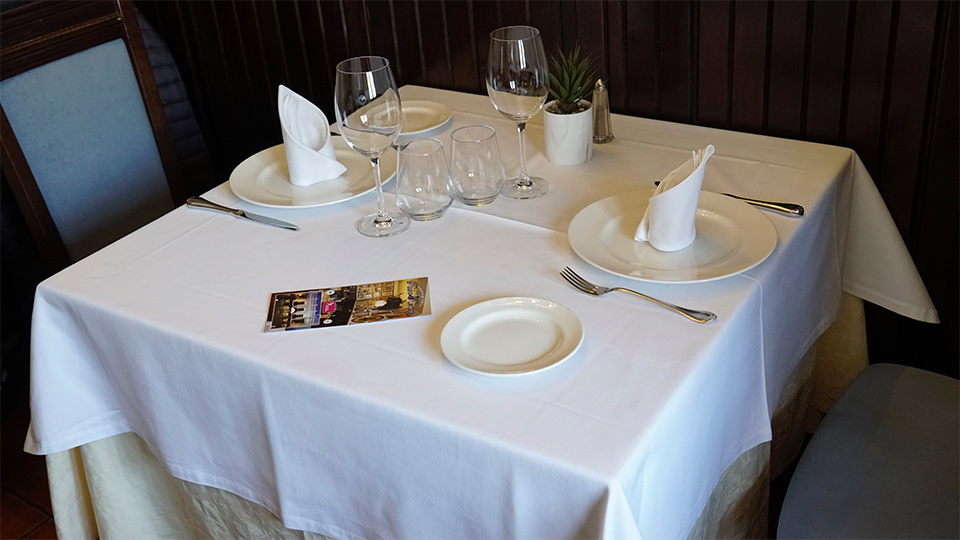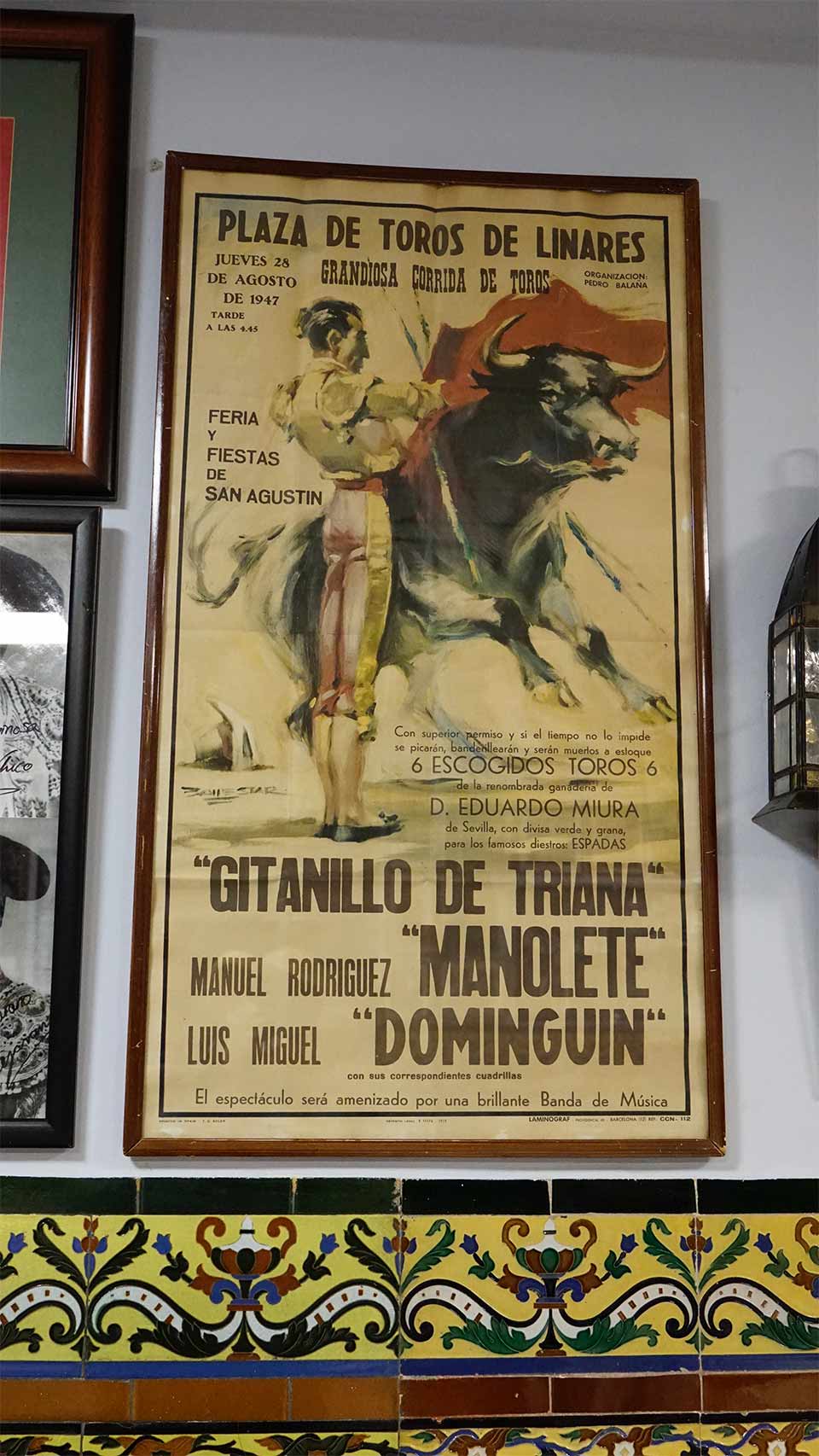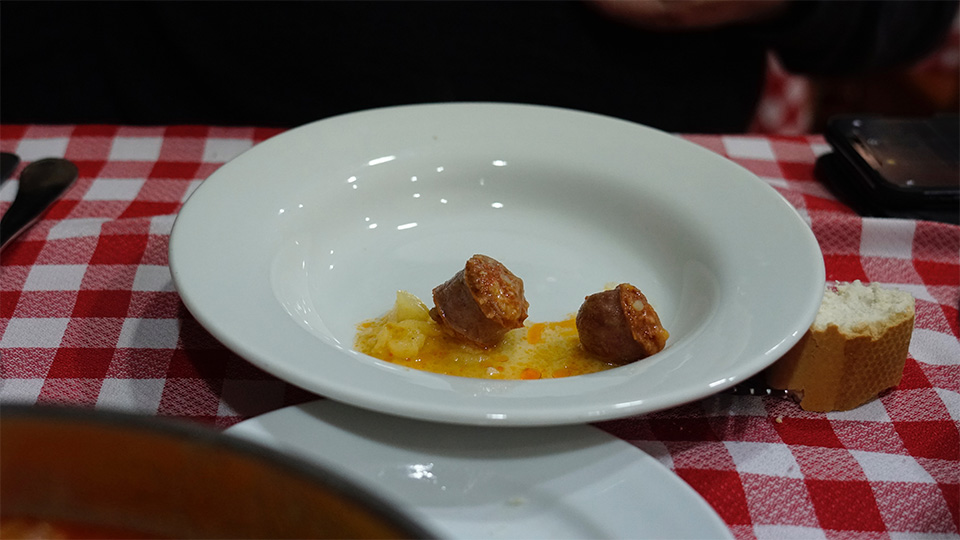¡Viva España!
It is not often that I get to spend a whole month in a country other than the United States. The couple of times it has occurred, I was involved in an opera production, when you have to hang around through the rehearsals and performances. This past month, following the week in Dublin, Cindy and I headed for Spain, where I had two weeks of concerts and two weeks of sightseeing.
Starting off in Mallorca, I was in familiar territory. Having conducted there a couple years ago, I knew the orchestra and most of the city. As with so many European ensembles, the Balearic Orchestra does its rehearsing in a studio, away from the concert hall where it performs. Although I have written about this situation before, it bears repeating. The hall is to the orchestra as the violin is to the violinist. Imagine soloists needing to practice using one instrument but doing the final rehearsal and performance on another. Yes, I know that pianists have the same, if not a worse problem, but they can still develop their own personal sounds and styles by themselves.
Still, most large ensembles manage this, but it comes at a cost. Even great orchestras lose something in the development of a sonic persona without getting consistency of acoustics. I spoke with the music director of the orchestra in Mallorca, and he told me that they are proceeding with the construction of a new hall, one where the orchestra would truly be in residence. Pablo Mielgo has done a fine job with his band and has a great vision for the future. I can only wish him the very best.
As for the program, Cindy’s Circuits started it off and was very well-received by the orchestra and public. The soloist was Sunwook Kim, performing the Third Beethoven. Clearly comfortable and playing with a nice, clean sound, he gave a lovely rendition and as it turns out, was going to be performing and conducting the following week. It is not clear how he will proceed, but it always takes a while to find the correct path.
In case you missed it, the world is celebrating Beethoven’s 250th birthday this year. At my age, most of the discoveries to be made are within the pieces I have been performing for the bulk of my career. There has not really been a time, so far, when I have come to any revelatory feelings about the composer. But one never stops discovering things in virtually any of his pieces. The main thing I thought about in the piano concerto was the bold stroke of genius to set the slow movement in E Major, quite distant from the C minor of the outer sections.
Tchaikovsky 5 was the main course. The composer at his mature best is still, at heart, a songsmith. Whether we encounter one of his operas, chamber works, symphonies, tone poems or ballets, we all come away humming the tunes. By the time he had written this piece, Tchaikovsky was in full mastery of the symphonic form and was moving away from Russian tradition and toward European standards. As usual, I employed a little visual trick to prevent applause in the famous silence during the last movement. And once again, it worked. So far, I am at 100% in this spot.
But there were a few free moments to savor on this island. With its slightly isolated location, one can have sun, water, mountains, the old, and the new. A leisurely stroll down the road from our hotel yielded the sight of a new friend, apparently a zebull.
Next it was time for adventure. Spain has always been a favorite destination of mine. The people, music, food and wine were exceptional during all my past trips. Sometimes I was on tour with an orchestra, and on other occasions I was leading the local groups. Now, for really the first time, I had two consecutive weeks to explore the region. This was not the original idea.
One of those periods was supposed to be a set of concerts in Hannover, Germany. In mid-December I was informed that the renovation of their concert hall would not be completed in time for any events during at least the first two months of the new year. I considered heading home after Mallorca but decided instead to take the time to really see Spain.
The first week found Cindy and me in the south. The last time I had been there was on a tour with the English Chamber Orchestra. This was a long time ago, and there hardly was time to see anything other than the hotels and concert venues. I do remember a concert featuring the great Heather Harper in Britten’s Les Illuminations. This took place outdoors in the Alhambra. In the front row, a man was seated and smoking a cigar during the performance. The concertmaster of the orchestra, José-Luis García, took a moment to scold the guy for blowing smoke into the face of the singer.
This location is in Granada, the first stop on our trip. With the weather unusually pleasant for February, it turned out to be a perfect time to visit, before the throngs of tourists flock to Spain. With several hours to spend in the old fortress, it was easy to understand how de Falla would be inspired to write Nights in the Gardens of Spain.
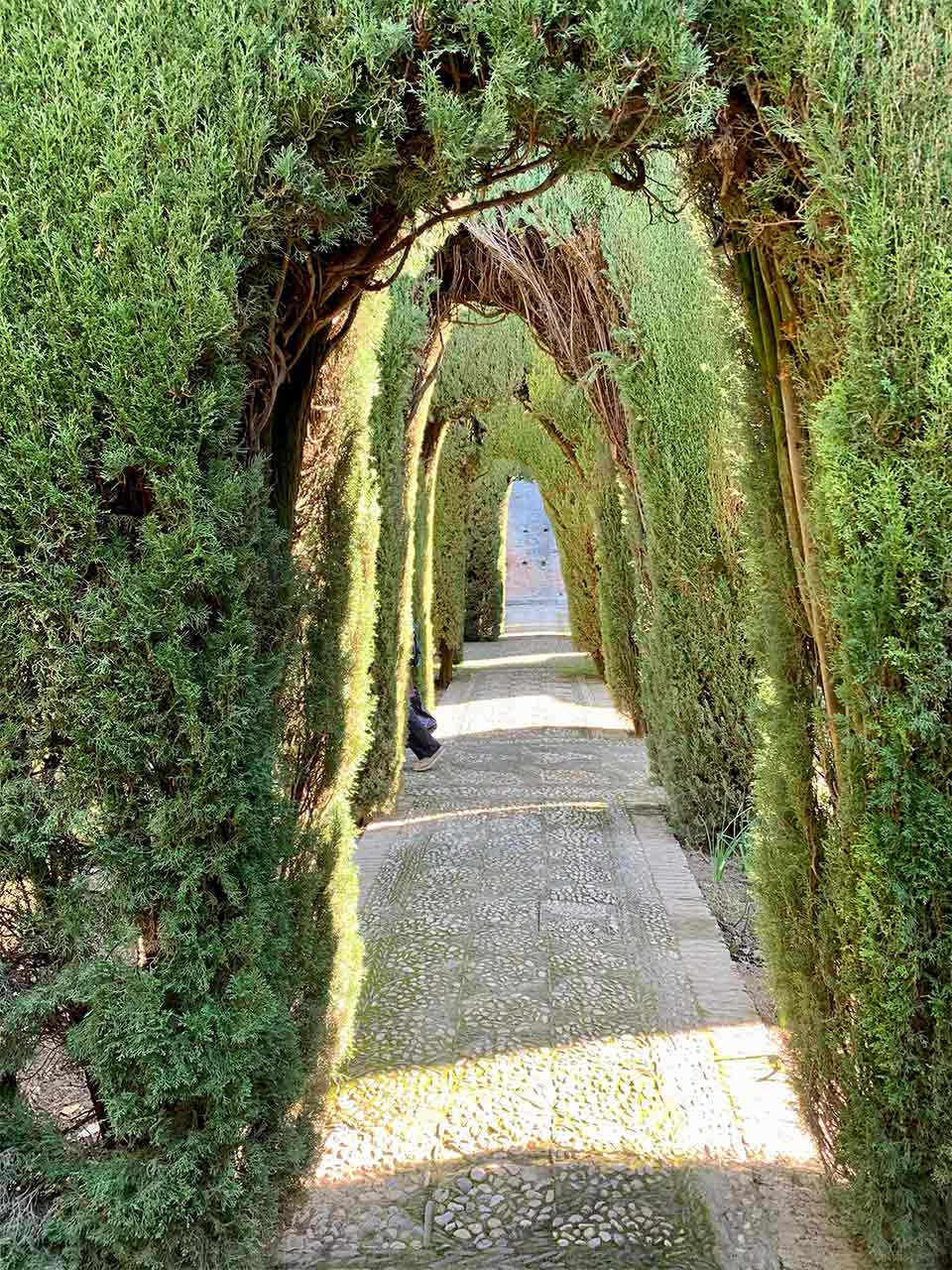
***
We had not quite adapted to the Spanish way of dealing with time. Even though each area differs a bit, meals are just not taken in the way we are used to. Breakfast is as usual, but lunch, considered to be the main course of the day, starts around 2:30 or later. You may or may not take a siesta, and the shops, which have closed during the dining hours, do not open again until 4:00 or 5:00. Dinner, which is possibly lighter, takes place from 8:30 on. More culinary adventures to follow.
Next stop was Marbella. A port city housing some of the most extravagant sailing vessels for the rich and famous, it also boasts a booming economy and delightful eating establishments. I would learn that sangria, which I do enjoy, is slightly frowned upon, as the Spanish are proud of their wines and do not wish them diluted. Here I am eyeing one of the yachts in the harbor.
An old family friend seems to have opened an establishment seaside, as well. Uncle Frank must have had Cindy in mind when he sang, “Make it one for my baby and one more for the road.”
I also had a chance to chat with my good friend Pablo. He told me that my nose is in the wrong place.
In the meantime, we made a brief stop in nearby Málaga, where I ran into this chap. He is playing a very old hurdy-gurdy, and it turns out he is from England. Strange sound, and neither Cndy nor I expect to use this for any new compositions.
There is a charming old town called Ronda—more on that later—but it is the view from the bridge that will take your breath away.
Continuing on, we next went to Seville. No, I did not get a haircut. But we did take a little trip to Jabugo, home of the most incredible ham ever produced. A tour of the Cinco Jotas factory, where the porklings are cured, was amazing. I now know how to tell if the restaurants are playing fair or just jacking up the prices with lesser slices of the delicacy.
***
With cathedrals, castles, Moorish shrines and so many other architectural wonders, it is no surprise that Seville is one of the most visited cities in the world.
This is the home of flamenco, and I was determined to find the best show possible. It took place in a room that seated no more than 30 people and featured three dancers, two singers and a guitarist. Sadly, this sign tells you all that we cannot show you, as no photos were allowed.
If you find yourself in Seville, do not hesitate to go to the museum where this takes place. But do not let anyone talk you into the somewhat larger venue that is in the same building. I guarantee that you will be talking about the more intimate show forever. The intense concentration from all the performers makes for an experience unlike anything I have ever seen.
After this amazing week in the south, it was time to head upward. Starting in Barcelona, we were once again at a port. Cindy and I were given a tour of the Palau de la Música, an auditorium where I have performed several times. In the past, I never had the time to take in the splendid architectural details or even see what the view was from the audience’s perspective. Very impressive indeed.
And what would a visit to Barcelona be without a stop at the Sagrada Família by the visionary architect Gaudí. I suppose his name says it, but still, the scary exterior and the light-filled interior can only inspire gasps from everyone who goes there.
***
This is one of the fine dining regions in the world. On a trip to the countryside, we were introduced to calçotada. Only available in January and February, the large green onion is put on the grill, slathered in olive oil, and then served hot on a plate. You squeeze one end to get the edible part out, then dip it in a tomato sauce and just drop it in your mouth, hence the bib.
We spent another day touring the great market in Barcelona, selecting items which we would then use to prepare lunch. Yes, it was a cooking class. If you follow me on social media, you will see the near-disaster of my trying to put the finishing touch on the crema catalana. But I redeemed myself with the paella. It was all aided by oven mitts the likes of which I had never seen. Got to get these at home.
***
Everyone thinks they know churros, but here, consuming them is an art form. Never, ever eat them without dipping them into the thickest hot chocolate known to man. On that same tour with the ECO, José-Luis introduced me to the proper way to eat them. Also, back then, we did it at 2:00 in the morning, outdoors.
We were now in San Sebastián, near Rioja, home of some of the world’s finest wines. Ever since I started drinking the grape, it has been my wish to visit this area and tour some of the vineyards. The name of this area is a bit of a play on words. River, rio in Spanish, is combined with the name of the flowing water—oja—and that is how they got Rioja. We were able to visit some of the legendary wineries and sample different varieties and vintages. First it was hog heaven in Jabugo, and now I entered grape paradise.
***
My ultimate goal could not be achieved, as Vega Sicilia does not open its doors to the public. Nevertheless, San Sebastián had so many pleasures to offer. There are six Michelin-starred restaurants in this town, and half of those are three toques. Tough choice to just pick one, but Cindy and I settled on Arzak, now run by a woman who is regarded by many as not only the top chef in the country, but also one of the greats of the world. Elena shared some wonderful stories about her family and the restaurant.
With two weeks’ holiday—crammed with sightseeing, wining and dining—I was not exactly rested and ready for work to begin again. The final stop on this Fiesta España was in yet another port city, Bilbao. I had been here once before, but not with the symphony orchestra I would conduct this time. There is a photo I autographed, sent to me by Jimmy Lin last season, when he played with the other band in town. As you can perhaps not see, it was in 1987, when I still had some hair and no bald spot.
Cindy and I arrived here at the end of Carnival season. As with Mardi Gras, there are events scattered over several days, with the population decked out in all manner of dress. Here are a few sights we encountered:
***
***
***
***
You get the idea.
Our hotel was right across the street from the Guggenheim Museum. This offshoot of the New York institution helped secure Bilbao recognition as one of the art capitals of Europe, with a fine collection of contemporary work, especially focused on American artists. The architect is Frank Gehry.
The Bilbao Symphony Orchestra will be 100 years old in about 22 months. They play in a modern building with outstanding acoustics. The orchestra has to rent the rehearsal space, but at least it is located within the same facility as the auditorium and has been set up to resemble the sound of the larger space.
I do not quite know how I came to choose my program for this first appearance with the orchestra. Usually I go with pieces you have been reading about for quite a while now. Somehow, I got the impression that this would be a fine group, and so Haydn, Cruixent and Sibelius were the tasks I had assigned everyone.
It had been quite a while since I last performed the great Second Symphony by the Finnish master. Having grown up with the older Ormandy recording, as well as having spent some time with the Philly maestro on the piece, I needed to deal with the fact that performance practice regarding this composer has changed. Leaner sounds are now more commonplace, with so many conductors coming from the frozen part of the world. I prefer to do the work in the style I have known all my life, reflecting a Tchaikovsky-like sonic palette as well as the landscape of Finland.
How can one not revel in the magnificent sound that occurs about three-quarters of the way through the slow movement? Or let the oboe have his or her way with the plaintive song of the trio? And what about the ending itself, with the sun breaking through to shine its glory over what has taken place for the past 40 minutes? The orchestra had not played the work for 14 years, but right from the start of the first rehearsal, it was clear that here was yet another very fine ensemble from this country—excellent soloists and a true commitment to the music.
Haydn is always welcome and probably needs the most attention at rehearsals, even with the much-smaller forces employed to play his music. I have concentrated a lot of my career on the middle-period symphonies, and here we performed the 70th in D Major. At only 20 minutes long, it is sophisticated at every turn with some sly humor. The orchestra read through it well but, as is becoming more and more the case, their inclination was to play with very little vibrato. I am of the Beecham school with this composer, and although I allow a bit of the current performance practice to creep in, I try to balance that with what makes sense to me.
In thinking about this, I wonder if those conductors who work with both modern symphony orchestras as well as period ensembles actually have a separate set of ideas for both. For most of music history, we read about performers honing their approaches to the repertoire, studying and refining what they have to say about the music. But can there actually be two versions going on in the maestro’s head? Does one or the other represent a compromise? I like to think that in rehearsal and performance, my view of a piece of music is a work in progress, with subsequent concerts evolving from the last one. This is only one of the great differences that separate the current way of orchestral thinking from years past.
Ferran Cruixent came to my attention about seven years ago. A friend had heard one of his pieces in Weimar and wrote me about it. I gave Cyborg its American premiere in Detroit, and it was so successful that we commissioned Big Data from the composer. Now it was time to bring the earlier piece closer to his home, which is just outside of Barcelona. Big, brash and full of exotic sounds, it is one of the freshest new works I now perform. Utilizing a mostly standard-sized orchestra, Ferran weaves some intriguing sounds in and out of the fabric of this sci-fi world. And having each member of the orchestra download a ringtone and then play it back in the performance, creating a kind of starlight effect, adds to the vision of the future. Keep your eyes and ears out for this guy. He is terrific, and I truly hope other conductors will take up his works.
February in Spain was almost over. What a wonderful month, but there is still a lot to look forward to. Hopefully, the coronavirus will be contained and none of us will have to undergo further risks to travel.
Before we end, I finally have the chance to tell one of my favorite stories. But now I have pictures to add to it. Bear with me, as the punchline is great.
***
Near the city of Marbella lies the smaller town of Ronda. This is the very first place where a bullfighting ring was built, back in the 1700s.
Across the street from the Plaza de Toros is a Spanish restaurant.
A few years ago, an American was assigned to work in the city. He attended a corrida and went to get something to eat at the establishment. The place was packed, but somehow, he managed to get a table. But there was something strange. In the corner, there was another table, unoccupied for the moment.
His eyes glanced at all the posters and memorabilia from the glory days of bullfighting.
All of a sudden, a fuss was being made, and another gentleman was ushered to the small table. Without much delay, four waiters came over with a tureen and served what looked like two meatballs with just a touch of sauce.
The American asked, “What is going on at that table?”
The maître d’ said, “At this restaurant we are honored to serve a special from today’s match. The matador gets the ears and tail, but we have the testicles of the bull.”
“How can I taste that?” inquired the guest.
“That table is booked for months. The only hope for you is to come every week, and perhaps someone will cancel.”
For the next 22 weeks, the American came in and was politely turned away from the table of honor. But in the 23rd week, the owner said, “The man who was supposed to dine with us had a heart attack and died today. So we are pleased to offer you a seat at the table.”
Barely containing his glee, he sat down. The four waiters came over, lifted the lid off the tureen, only to unveil this:
“I don’t understand,” he said. “Why are they so small?”
“Señor, sometimes the bull wins.”
***
Hasta la vista until next month,
Leonard
